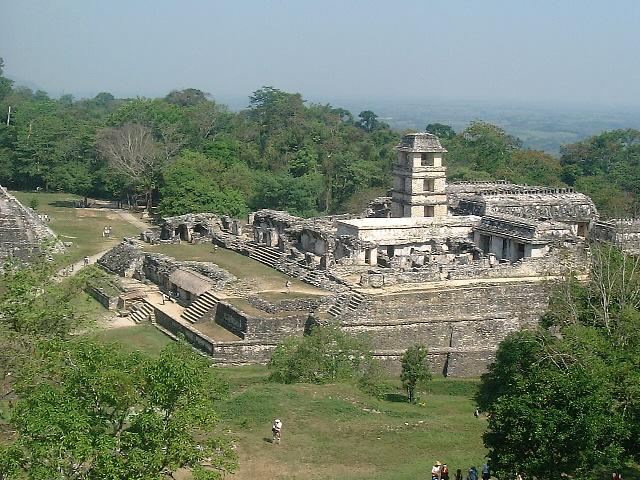Mystery
Though the era of ninja lasted thousands of years, they have suddenly vanished, with their last activity reported in 1637 in Japan... but did the era of ninja truly come to an end?
 Who and what is a ninja?
Who and what is a ninja? After watching Curse of the Golden Flower, I started wondering why ninja appeared in Chinese history even though they are almost always associated with the Japanese culture. The origin of ninja actually traced back to a form of Chinese martial arts. It was not until much later that these skills were spread to Japan.
Oftentimes portrayed in movies as a mysterious man dressed in all black, the image of ninja isn't far from reality. Those who became ninja usually came from lower classes of the Japanese society. Following their masters' command, they were to become assassins and spies. Besides wearing black from head to toe, ninja frequently painted their faces black to disguise themselves in the dark.
Are all ninja men?
It is a misconception that ninja were only males. A female ninja, or Kunoichi, usually disguised herself as a household servant to eavesdrop on valuable information. Sometimes, the more beautiful kunoichi were sent to seduce the enemy and thereby learning its secrets.
What are the ways of ninja?
Similar to the organization of an army, ninja clans were extremely strict and orderly. In each ninja clan, there were three classified levels: Officers, commanders, and ninja fighters. Officers devised plans and tactics while commanders ordered Ninja fighters to attack. Ninja practiced ninjutsu on a daily basis. Ninjutsu is a form of Japanese martial arts that originated from China when a small group of mountain settlers developed a set of survival skills. Later named as ninjutsu, these skills were divided into two forms: Ying and Yang. Yin was focused on sneaking into the enemy's camp in disguise to perform the deed. Yang, on the other hand, placed its emphasis on skillful attacks with no disguise.
Where are they now?
When the Japanese emperor called for a reform in the late 19th century, ninja, along with ninjutsu, vanished. The well-known ninja became ordinary people once again, living the lives of farmers and merchants. Most of them settled in Kyoto, the ancient capital of Japan.

Are ninja returning to the modern world?
With a desire to preserve the traditional Japanese culture, some Japanese are slowly bringing back Ninjutsu. It is said that there are some who practice the ways of ninja today. There exist villages like the Koga Ninja Village in Japan where tourists visit to relive the old Japanese life where ninja existed. You can gape at ninja sword fighting on treetops, or disappearing with the poof of a smoke bomb! It is much like America's annual Renaissance Faires, where everyone gets a chance to travel back to the renaissance times to throw axes, shoot archery, and visit privies...
